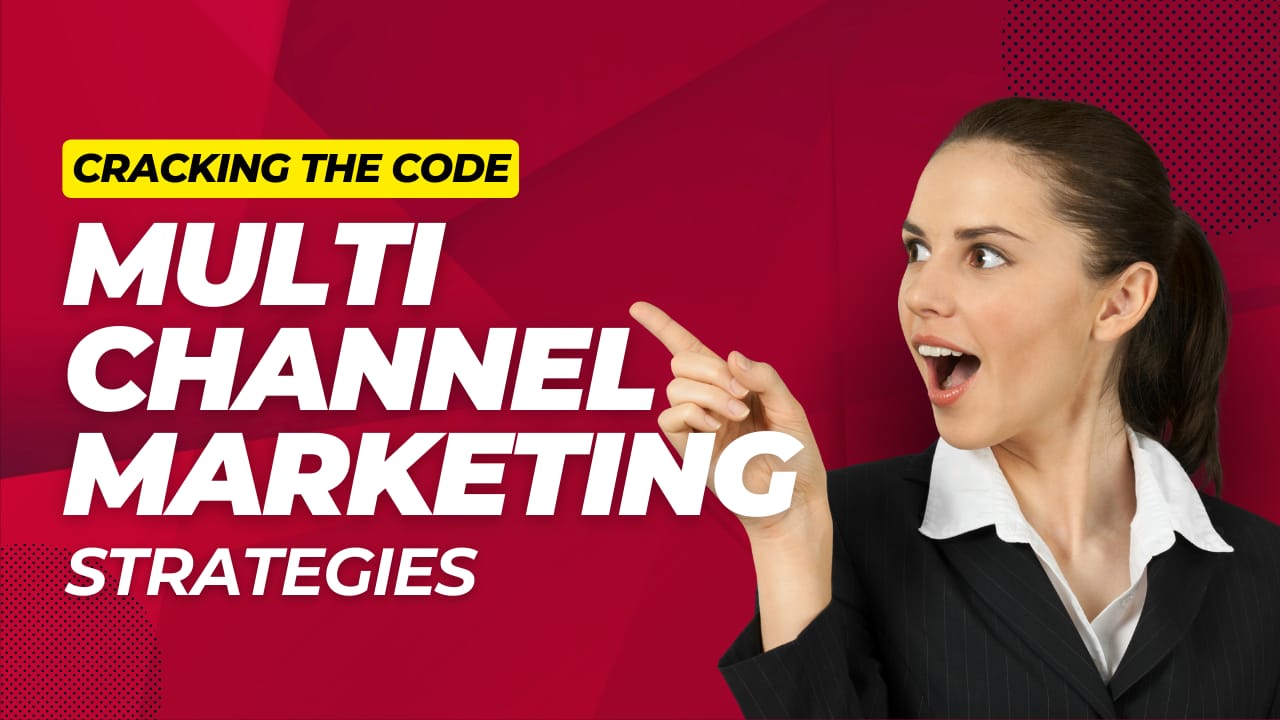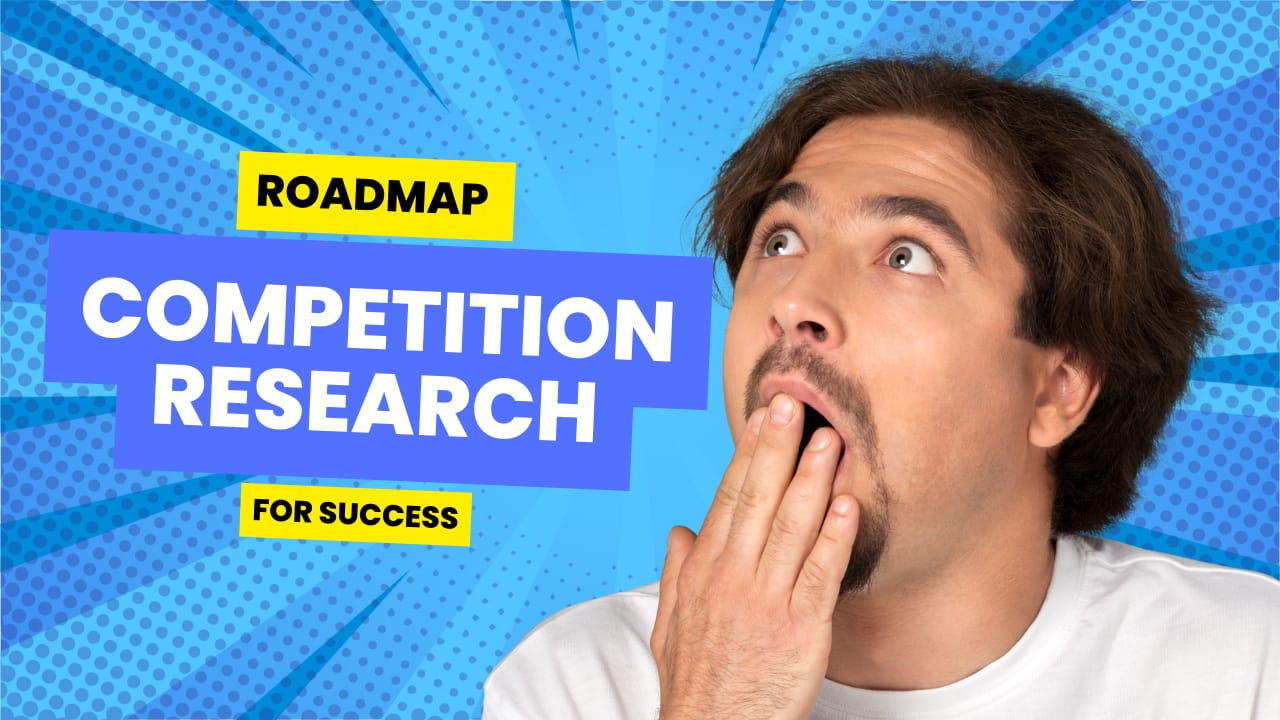- admin
- Marketing, marketing 101, Paid Marketing, SEM
- 0 Comments
- 292 Views
In today’s competitive digital landscape, paid marketing is an essential component of any effective marketing strategy. By investing in paid advertising, businesses can increase their brand awareness, attract targeted traffic, and improve their overall ROI. In this comprehensive beginner’s guide to paid marketing, we’ll cover everything you need to know about planning, executing, and optimising your paid marketing campaigns.
Introduction to Paid Marketing
What is Paid Marketing?
Paid marketing is a form of advertising where businesses pay for their ads to appear on various digital channels. These include search engines, social media platforms, websites, and other online mediums. Essentially, paid marketing allows businesses to bid on the placement of their ads in front of their target audience.
Why is Paid Marketing Important?
Paid marketing is important because it can help businesses reach their target audience more effectively. Compared to traditional marketing, paid marketing allows businesses to target specific demographics based on demographics, behaviours, and preferences. Additionally, paid marketing can be measured easily, allowing businesses to optimise their campaigns to achieve their desired results.
Types of Paid Marketing
There are several types of paid marketing, including search engine marketing (SEM), social media advertising, display advertising, and video advertising. These channels can provide businesses with a wide range of tools and features to reach their desired audience.
Planning Your Paid Marketing Campaign
Setting Your Campaign Objectives
When planning a paid marketing campaign, it is important to set clear and specific goals. This might involve increasing website traffic, generating more leads, boosting sales, or improving brand awareness. By setting clear campaign objectives, businesses can measure the success of their campaigns and optimise them accordingly.
Defining Your Target Audience
Defining your target audience is essential to creating an effective paid marketing campaign. Businesses should research and understand the interests, behaviour, and preferences of their target audience to create relevant and engaging advertisements.
Choosing the Right Channels
Choosing the right channels is crucial to the success of a paid marketing campaign. Businesses should select channels that align with their audience and campaign objectives. For example, if the target audience is primarily active on social media, then social media advertising may be the best choice.
Creating a Budget
Creating a budget is important in making the most of a paid marketing campaign. Businesses should set a clear budget and allocate their spending based on campaign objectives and the channels they choose to advertise on.
Crafting Your Campaign Message
Crafting a compelling campaign message is key in creating an effective paid marketing campaign. This involves identifying the unique value proposition of the business and crafting messages that align with the target audience’s interests and preferences.
Executing Your Paid Marketing Campaign
Creating Engaging Advertisements
Creating engaging advertisements involves designing ads that are eye-catching, relevant, and informative. This might include visuals, videos, or text-based ads that capture the audience’s attention.
Setting Up Your Campaign
Setting up a campaign involves creating ads and choosing targeting options. This might involve setting bid amounts, user location, device type, and other parameters that can help businesses reach their target audience more effectively.
Keyword Research & SEO
Keyword research involves identifying the terms and phrases that businesses should bid on to advertise their products or services. Additionally, optimising website content and ads for search engines is important to achieve higher rankings on search engine results pages (SERPs).
Ad Copywriting
Writing effective ad copy involves using persuasive language, highlighting unique features, and including strong calls to action. This can help increase click-through rates and drive more traffic to your website.
A/B Testing to Optimise Your Campaign
A/B testing involves testing two or more versions of an ad to identify which performs better. By identifying the most effective ad, businesses can optimise their campaigns and achieve better results.
Analysing Your Paid Marketing Campaign
Analysing Your Results
Analysing the results of a paid marketing campaign is important to measure its effectiveness. This might involve tracking metrics such as click-through rates, conversion rates, and return on investment (ROI).
Optimising Your Campaign
Optimising a campaign involves identifying areas for improvement and making changes to achieve better results. This might involve testing different targeting options, ad formats, or messaging to determine what works best.
Identifying Potential Roadblocks
Identifying potential roadblocks involves understanding the barriers that might prevent a paid marketing campaign from succeeding. This might include lack of budget, low click-through rates, or poor ad quality.
Paid Marketing Tools
Keyword Research Tools
Keyword research tools help businesses identify relevant keywords that they can bid on to appear in search engine results pages.
SEO Tools
SEO tools help businesses optimise their website and add content to achieve higher organic search rankings.
Ad Management Platforms
Ad management platforms provide businesses with a centralised location to manage their paid marketing campaigns across different channels.
Best Practices for Paid Marketing
Measuring Success
Measuring the success of a paid marketing campaign involves setting clear objectives, tracking metrics, and optimising the campaign based on performance.
Aligning Your Marketing Tactics with Your Brand’s Values
Aligning marketing tactics with a brand’s values involves ensuring that campaign messaging and advertising align with the brand’s overall mission and messaging.
Staying Within Compliance Guidelines
Compliance guidelines ensure that businesses adhere to regulations when advertising their products and services.
Conducting Competitive Research
Conducting competitive research involves analysing competitors’ paid marketing strategies to identify areas for improvement and gain insights on effective tactics.
FAQs
What is the difference between paid and organic marketing?
Paid marketing involves paying for visibility on various digital channels, while organic marketing involves optimising content and website to achieve higher search engine rankings.
Will paid marketing guarantee my brand’s success?
No, paid marketing is not a guarantee of success but can provide an effective tool for businesses to reach their desired audience.
How much should I invest in paid marketing?
The amount invested in paid marketing can vary significantly depending on the business’s objectives, competition, and the channels they choose to advertise on.
What are the best-paid marketing channels for beginners?
The best-paid marketing channels for beginners may vary depending on the business and their target audience. However, social media advertising and search engine marketing are popular choices.
How can I optimise my paid marketing campaigns?
Optimising a paid marketing campaign involves analysing performance metrics, testing different targeting options and messaging, and making data-driven decisions based on the results.
Conclusion
Paid marketing is a powerful tool for brands looking to increase their visibility, build credibility and attract new customers. By using targeting, relevant messaging, and data to inform your decisions, you can create high-performing campaigns that will drive traffic and ultimately increase revenue. Feel free to use the information shared in this beginner’s guide to create effective paid marketing campaigns that will drive traffic to your website, boost your brand’s visibility and help you achieve your business goals.





